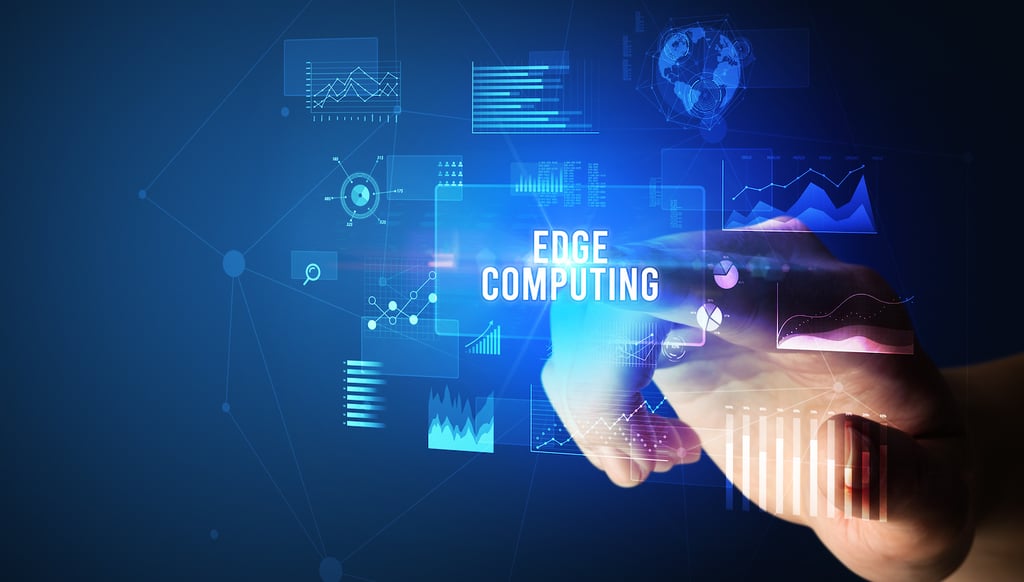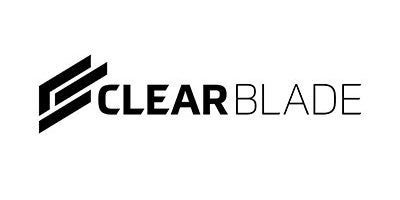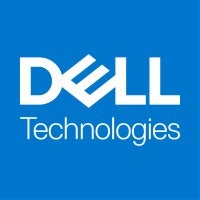

Top 6 Edge Computing Companies
Edge computing companies offer solutions for accessing and analyzing data at the edge of the cloud. Here are the top companies to consider.


Edge computing is a distributed computing framework that moves enterprise applications closer to data sources. These sources include local edge servers and Internet of Things (IoT) devices.
Some of the biggest drivers for edge computing include the demand for better performance by customers as well as the need for shorter transaction times. As such, having these enterprise applications close to data has advantages, such as reduced latency and quicker insights.
Here are the best edge computing companies to use for your network:
See the table below for a quick overview of the defining characteristics of the top 6 edge computing companies.
| Company | IoT, ML, and AI at the edge |
Security | Free Trial | Demo |
|---|---|---|---|---|
| AWS | ✔ | ✔ AWS cloud security | ✔ | ✘ |
| Azure | ✔ | ✔ Activation keys, passwords, certificates, double encryption, and restricted access | ✔ | ✘ |
| ClearBlade | ✔ | ✔ API access encryption, authentication, and authorization | ✔ | 30-minute demo |
| Dell | ✔ | ✔ | ✘ | ✘ |
| EdgeConneX | ✔ | ✔ | ✘ | ✘ |
| Section | ✔ | ✔ Web application firewall (WAF), bot management, certificates, and IP restrictions and blocking | ✘ | Demo upon request |

Amazon Web Services (AWS) for the edge moves data analysis, processing, and storage closer to endpoints to enable users to deploy tools and API environments beyond AWS data centers.
With AWS edge services, users can create high-performance applications capable of processing data close to where it is generated. This results in intelligence, real-time responsiveness, and exceptionally low latency.
You can use the AWS pricing calculator to generate an estimate or contact AWS for more pricing information.

Through Azure Stack Edge, Microsoft provides a managed service that takes Azure’s compute, intelligence, and storage to the edge. As such, Azure Stack Edge is suitable for machine learning at the edge, edge-to-cloud network data transfer, as well as edge and IoT solutions.
Azure Stack Edge allows users to run edge computing workloads and offers quick insights through the use of compute and hardware-accelerated ML at edge environments for artificial intelligence (AI) and IoT workloads.
Azure Stack Edge’s monthly subscription fee starts from $399 USD (excluding shipping cost) for the Azure Stack Edge Pro 2, with Azure Stack Edge Pro, Pro R, and Mini R all priced higher than the Pro 2. Visit the Azure Stack Edge pricing page for custom pricing information.

ClearBlade is an edge computing company that empowers enterprises to speedily engineer and run scalable and robust IoT applications in real time.
ClearBlade runs securely whether on-premises, in the cloud, or at the edge. It helps enterprises to consume, analyze, adapt, and make decisions on data in real-time and on a large scale.
In addition, users can maximize the impact of their data at the edge by leveraging local compute, AI, and actionable visualizations from a single platform that is integrable with any enterprise system.
Although ClearBlade offers a free demo, you’ll need to contact them for custom pricing information.

Dell Technologies leverages a range of compute, storage, and networking capabilities to bridge almost any edge deployment.
Dell offers Dell Edge gateways, VxRail hyper-converged infrastructure (HCI), and Dell EMC PowerEdge servers that are powered by Intel Xeon processors. The company also has edge-computing management and orchestration features.
Dell has edge solutions in numerous industries including manufacturing, digital cities, retail, healthcare, utilities, and transportation, among others.
Contact Dell for a custom quote, as they haven’t publicly listed their prices.

EdgeConneX is a global data center provider that creates and operates effective, highly proximate, purpose-built data centers. These data centers are customized to the optimal power, size, and locational needs in any deployment, anywhere in the world.
In addition, EdgeConneX operates at least 40 data centers in more than 30 markets, serving hyperlocal to hyperscale markets that are vital to their customers.
Contact EdgeConneX for accurate pricing information.

Section upholds modern DevOps principles to offer engineers the flexibility and control to run any workload, anywhere. The platform takes a container-based approach to HTTP traffic delivery and has a vast library of edge compute modules, high in performance and availability, that are deployable anywhere along the edge continuum.
Users can build or use their own edge containers, as Section helps them to deploy their existing containerized applications to the edge with no downtime.
Section has several pricing tiers: Free (for a single project per month), Standard ($20/proj./mo.), Pro ($196/proj./mo.), and Enterprise (custom). The provider details their pricing model on their pricing page, but you’ll need to contact Section for a quote specific to your potential use case.
There are several factors to consider when choosing your edge computing provider, starting with setting your goals and requirements and then determining which solution or solutions can provide the best scalability, security, and performance for your budget.
Before you can determine the edge computing provider that’s best for you, you need to have clearly defined your business goals and requirements. Having an edge strategy will also help align your business goals and requirements with the right solution.
It’s possible—and in some cases, may be necessary—to have multiple edge solutions in a single enterprise’s portfolio. Where multiple solutions are needed to satisfy your use case, you should ensure they complement rather than overlap each other. You should also consider the reliability and availability of your prospective solution, as downtime is costly.
You’ll also want to know ahead of time how flexible and adaptable a solution is with respect to your use case. Can the solution scale alongside your enterprise? Will it evolve with the changes in the edge computing market? Or will you be forced to change providers every so often?
It cannot be overstated how important it is to consider the security offered by the solutions in consideration. If you require specialized firewalls, gateways, and other security-centric solutions to secure data and ensure compliance and privacy, then you can easily reject the providers that don’t deliver them. Remember, though, that you can have multiple solutions in your enterprise portfolio. Therefore you can also seek providers that complement the solution you select.
Other considerations to make note of include how a provider handles latency, the quality of customer service and support, and how your budget conforms to your shortlisted solutions.
Edge computing companies continually offer solutions that seek to satisfy the need for edge computing, which is triggered by factors like latency, bandwidth, privacy, and autonomy. The need for real-time data for applications like augmented and virtual reality (AR and VR) and autonomous vehicles, among others, provides an area of focus for edge computing providers.
These companies also provide solutions to increased bandwidth usage caused by the ubiquity of IoT devices by tailoring solutions that enhance bandwidth usage and availability. They also create solutions for use cases in networks where autonomous operation is expected between sensors and actuators, even if the connection to the cloud is lost.
Aside from VR and AR, edge computing companies enable use cases such as smart homes, cloud gaming, virtualized radio area networks (vRAN) and 5G, smart grids, predictive maintenance, and remote monitoring.
Processing high volumes of data near or at the edge ensures that enterprises enjoy optimized performance in their day-to-day operations, compared to having to send all data to a centralized server.
Edge computing solutions often leverage automation and predictive maintenance to ensure the hardware used at the edge is running without interruptions, downtime, or preventable errors. This results in improved productivity in smart work environments.
Many edge computing companies promise lower IT costs in their value propositions, since edge computing optimizes IT expenses through local data processing, minimizing transmission costs and discarding unnecessary data at the edge.
Edge computing solutions often provide methods to use data from areas that either have limited network bandwidth or intermittent internet connectivity. Edge devices can capture relevant data, which can be transmitted to a data center once there’s enough bandwidth.
Hardware offered by edge providers needs to have a small form factor but be equipped with significant data storage. These hardware elements also need to be resistant to the negative effects of their external environments, such as extreme temperatures and sudden movements or vibrations in their environments. They should also be tamper-proof, in case they’re exposed to potential vandalism, unauthorized physical access and theft.
There are numerous edge computing companies that cater to all sorts of use cases across the edge computing spectrum. Your choice should be based on your business goals and requirements, an edge strategy, your security and compliance needs, the number of solutions you require to satisfy your use case, and the ability of the solutions to scale as you scale—not to mention, of course, your budget. Whenever a demo is available, be sure to sign up for a first-hand assessment of whether the prospective solution is a fit.
Make sure you have a good plan for securing your edge network in place—and select one of the best enterprise network security companies to partner with.


Collins Ayuya is a contributing writer for Enterprise Networking Planet with over seven years of industry and writing experience. He is currently pursuing his Masters in Computer Science, carrying out academic research in Natural Language Processing. He is a startup founder and writes about startups, innovation, new technology, and developing new products. His work also regularly appears in TechRepublic, ServerWatch, Channel Insider, and Section.io. In his downtime, Collins enjoys doing pencil and graphite art and is also a sportsman and gamer.

Enterprise Networking Planet aims to educate and assist IT administrators in building strong network infrastructures for their enterprise companies. Enterprise Networking Planet contributors write about relevant and useful topics on the cutting edge of enterprise networking based on years of personal experience in the field.
Property of TechnologyAdvice. © 2025 TechnologyAdvice. All Rights Reserved
Advertiser Disclosure: Some of the products that appear on this site are from companies from which TechnologyAdvice receives compensation. This compensation may impact how and where products appear on this site including, for example, the order in which they appear. TechnologyAdvice does not include all companies or all types of products available in the marketplace.